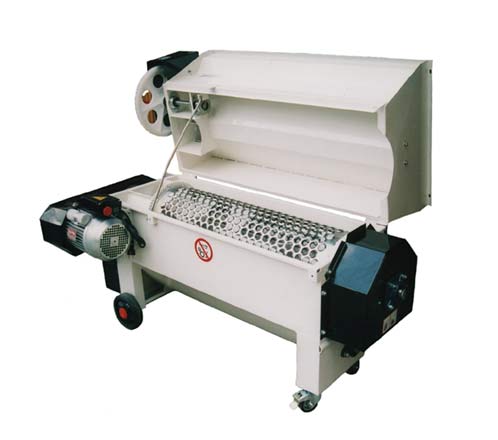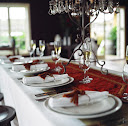Monday 4th May
Today dawned cloudy and cold. I think the ‘Indian Summer’ we have been enjoying has come to an end. As the grapes are all in, we can relax, particularly as the weather forecast for the rest of the week is rain, rain, rain……
All the work from now on is in the winery, nursing our precious ferments through to a good conclusion. A nervous time as we monitor each individual ferment carefully – it’s a bit like a nervous parent watching over a new-born child – only we have 30 of them! Even ‘Octamom’ cannot top that!
Tomorrow I’ll get Carl to explain what we are looking for with so many different ferments underway, but this evening I thought I’d talk about why Martinborough, of all New Zealand’s Pinot Regions, comes closest to the home of the world’s classic Pinot Noirs – Burgundy.

The geological character of the fabled Côte-d’Or is made up of three key elements – limestone, clay and sand. The varying percentages of these elements is what makes wines from each part of Burgundy so different to another - compare a delicate Volnay from the south to a powerful Chambertin from the north.
Like Burgundy, Martinborough is fortunate in that it is made up of a number of regions, each

with differing soils, ranging from ancient gravels through to ancient marine deposits or clays. These wonderful soils are partnered with a climate that mirrors Burgundy – hot summers, mild autumns and cold winters. As a consequence the geological variations present us with a range of wines similar to Burgundy. looking at each map, one cannot fail to notice the similarities - both regions stretch north to south, yet are quite narrow. Both contain regions that produce fine Pinot Noir at the pinnacle of the very best, yet at the same time, also produce wines that are less complex, but represent great value for money.
The various sites can give us wines like those from Chambolle-Musigny (good colour and body, firm, yet with a distinctive suppleness) while others (like the Dry River region where Murdoch James is located) make wines more like a Clos de Vouget (deep red in colour, harmonious, elegant with a long finish). In other areas we see wines that are more solidly structured with rich aromas and long finishes, that some compare to a fine Corton.

Even if one disagrees with my examples it is harder to deny that of all New Zealand’s Pinot Noir regions, only Martinborough has such a variety of sites, all producing world-class Pinot Noir, in such a small area.











